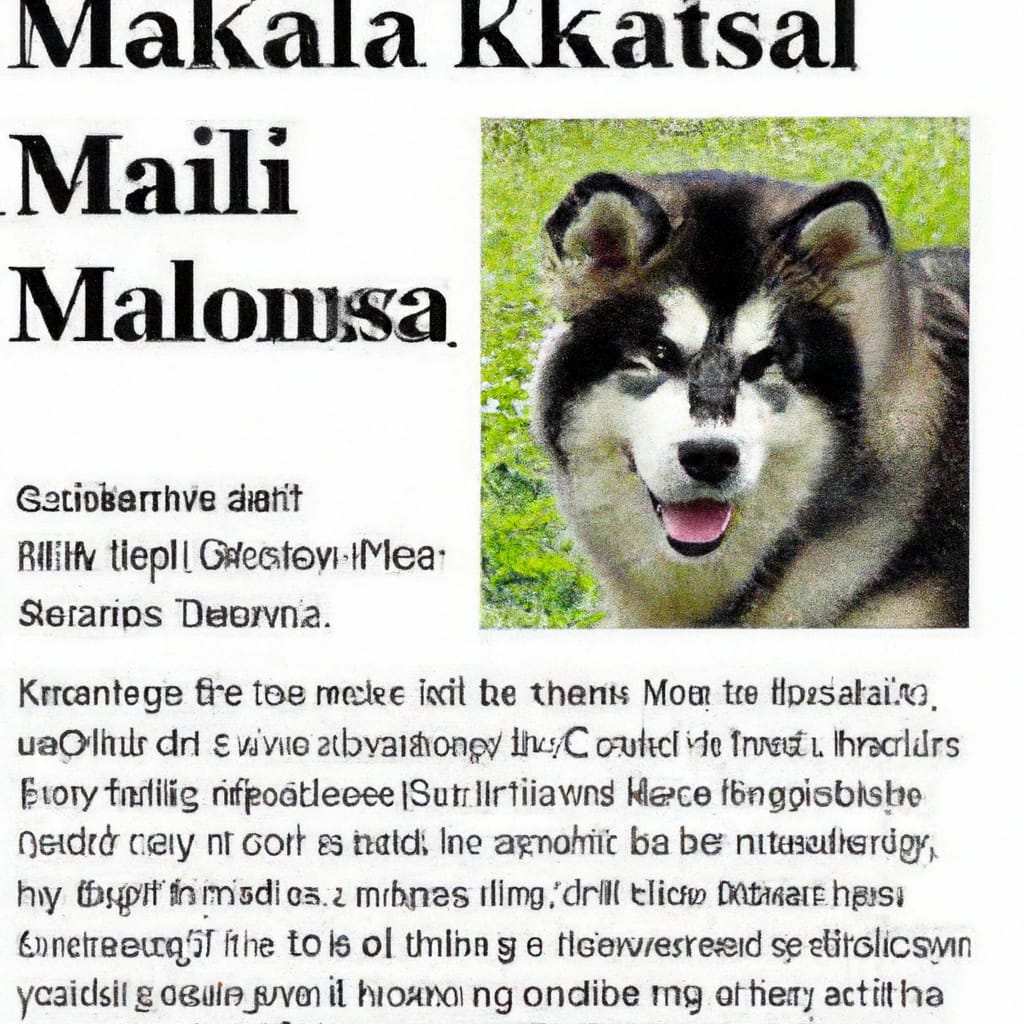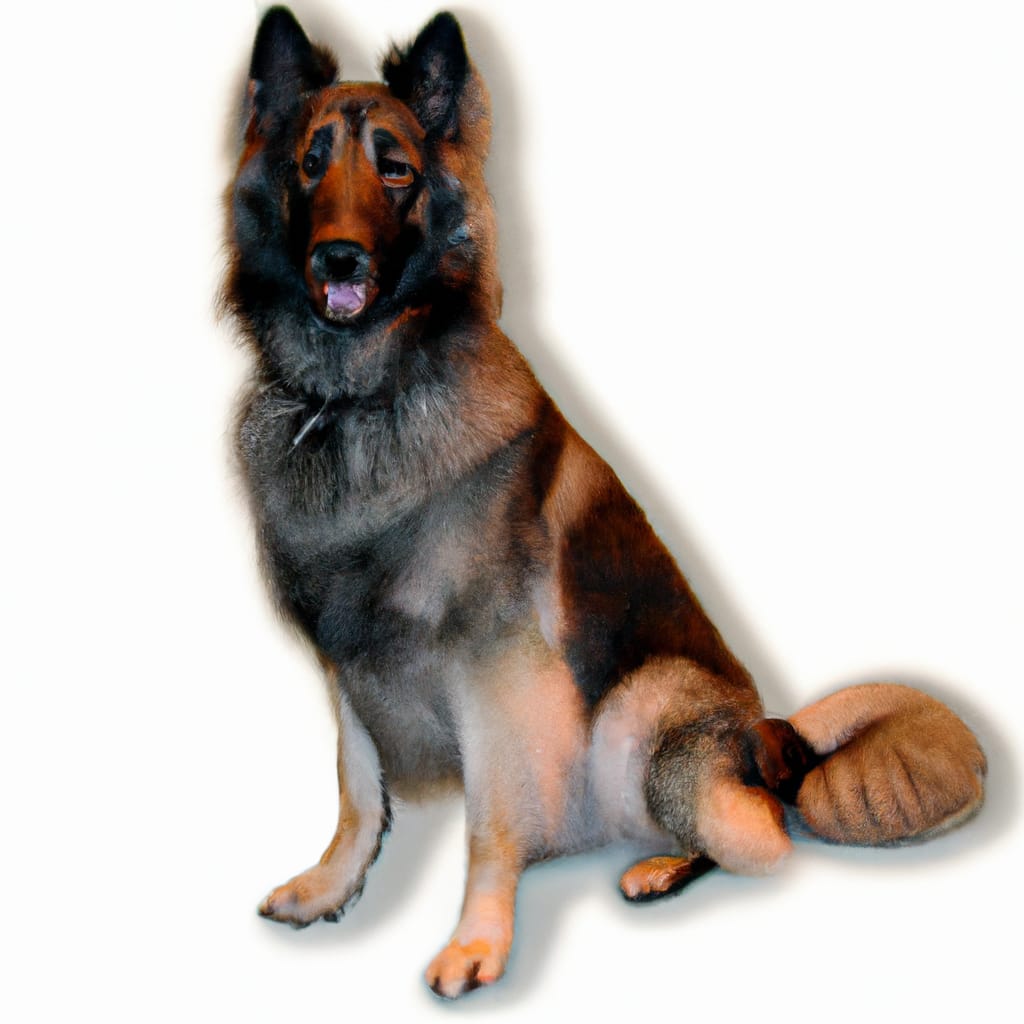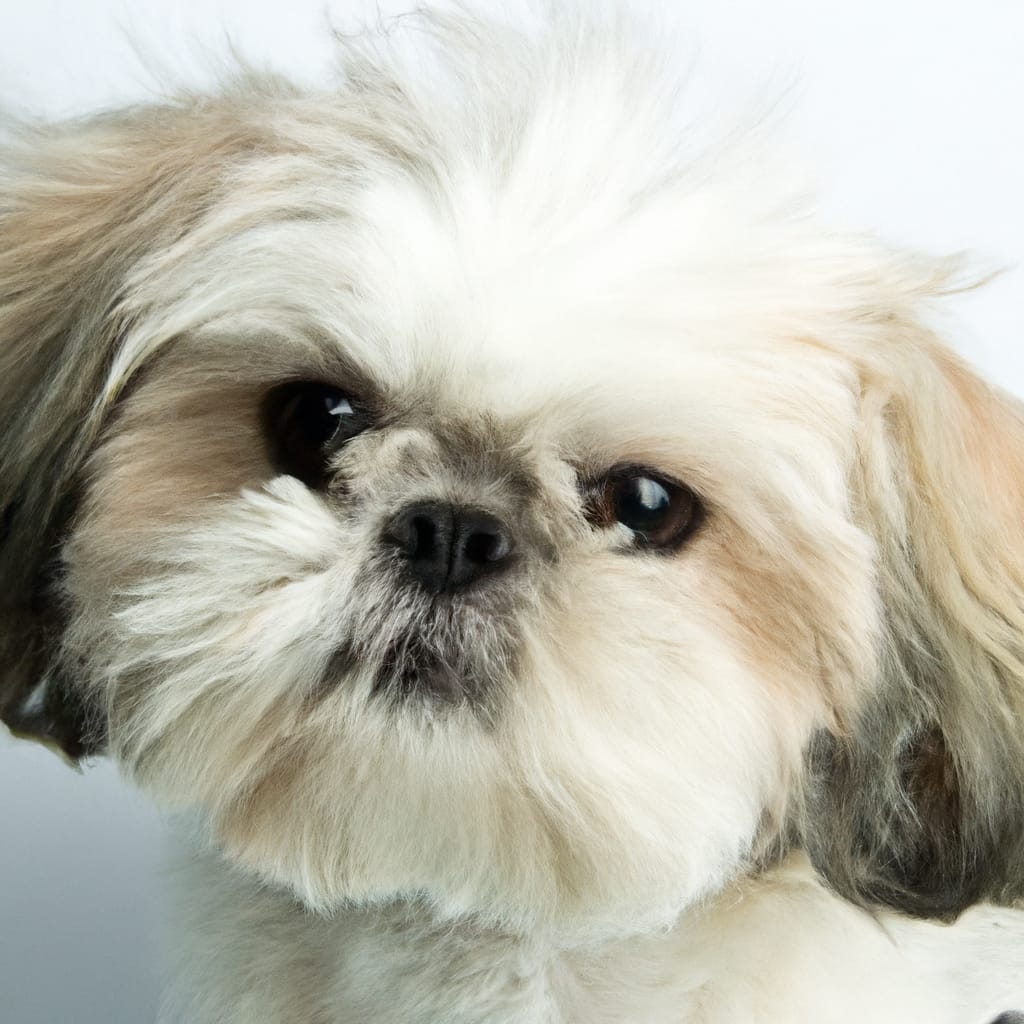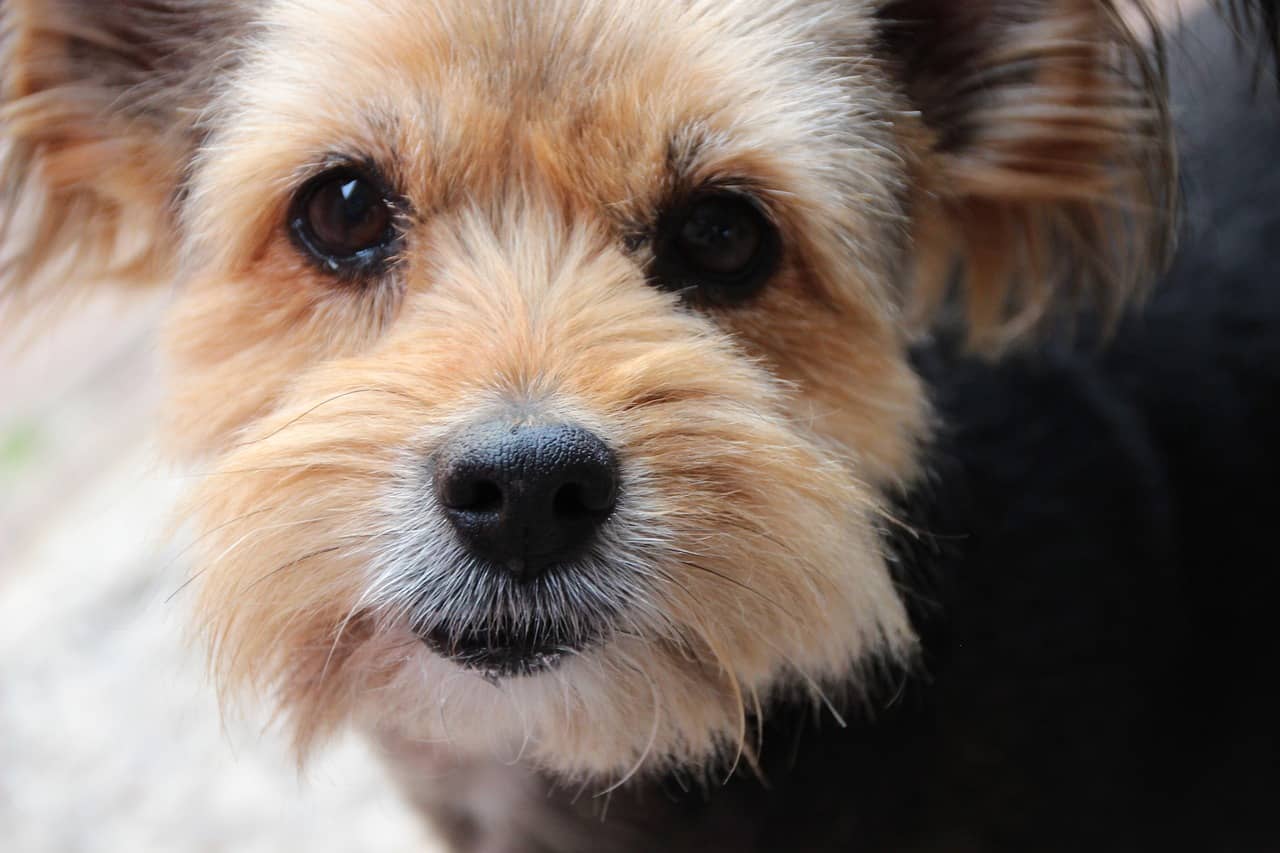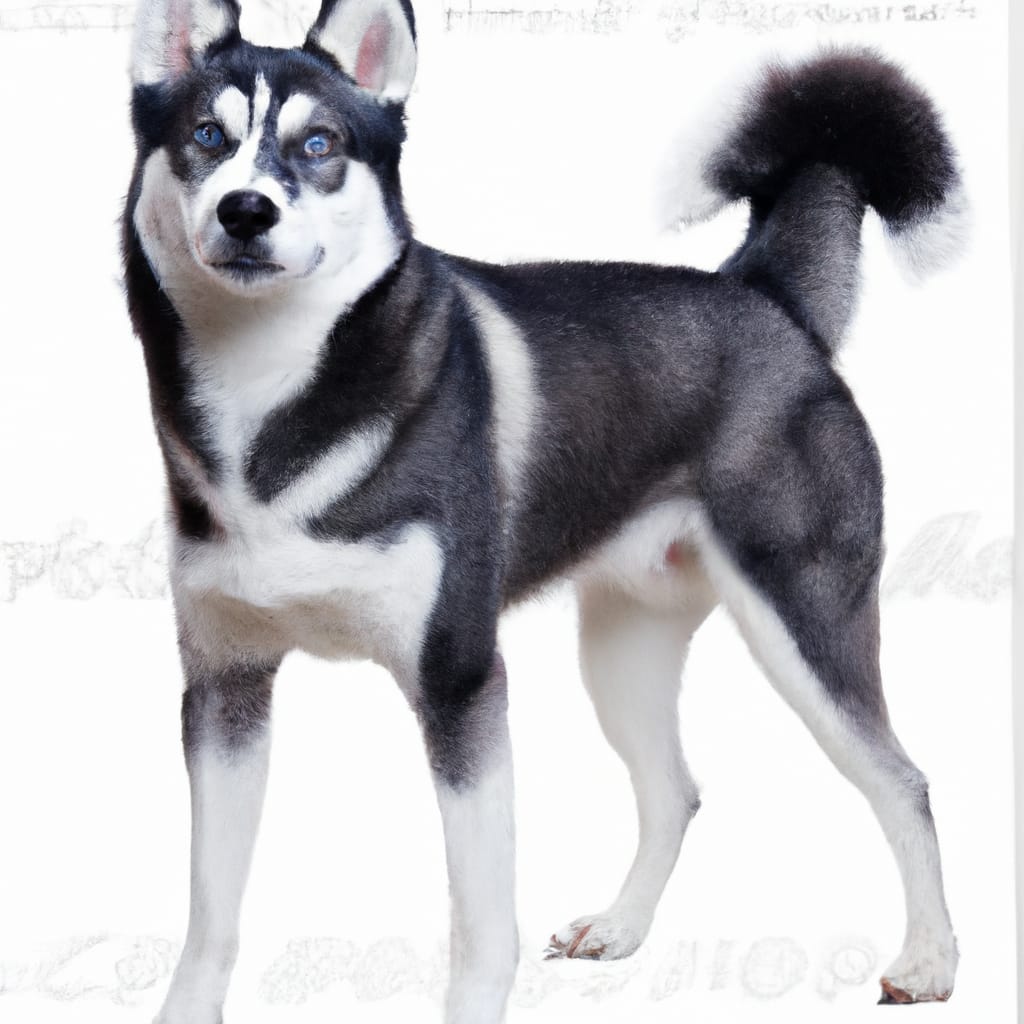Giant Alaskan Malamute Dog Breed Size, Care And Temperament
If you’re a dog lover looking for a furry companion that’s not only big in size but also has an equally big heart, look no further than the Giant Alaskan Malamute. This majestic breed, known for its stunning appearance and friendly nature, is the perfect addition to any family. In this article, we will explore the unique characteristics of the Giant Alaskan Malamute, including its impressive size, the specialized care it requires, and its delightful temperament that will surely melt your heart. So, get ready to embark on a journey into the world of this magnificent dog breed!
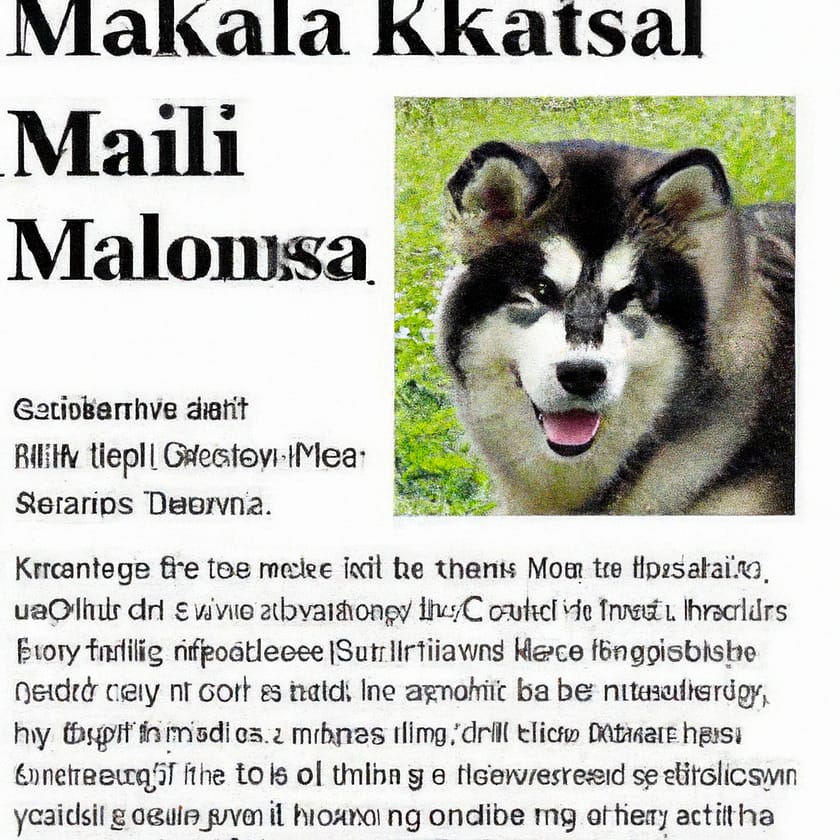
Size
Physical Appearance
The Giant Alaskan Malamute is an impressive and majestic dog breed. They are known for their large and powerful build, which gives them an imposing presence. These dogs have thick, double coats that provide insulation and protect them from harsh weather conditions. Their coats are usually a combination of white and gray, black, or red, giving them a striking appearance. With their deep-set eyes, erect ears, and well-muscled bodies, Giant Alaskan Malamutes have an overall regal appearance that turns heads wherever they go.
Height
As their name suggests, Giant Alaskan Malamutes are a larger-than-life breed. On average, these dogs stand between 23 and 28 inches tall at the shoulder. However, it’s not uncommon to see individuals that are even taller. The height of a Giant Alaskan Malamute adds to their commanding stature, making them quite a sight to behold.
Weight
In addition to their impressive height, Giant Alaskan Malamutes are also quite hefty. These dogs can weigh anywhere between 85 and 130 pounds. The weight of a Giant Alaskan Malamute is distributed proportionately throughout their bodies, contributing to their overall strength and endurance. It’s important to note that maintaining a healthy weight is crucial for the well-being of these dogs, as excessive weight can lead to various health issues.
Growth and Development
Like all dogs, Giant Alaskan Malamutes go through various stages of growth and development. As puppies, they tend to be playful and curious, exploring their surroundings with boundless energy. It’s important to provide them with a balanced and nutritious diet during this phase to support their growing bodies. As they enter adulthood, usually around two years of age, they start to exhibit a calmer and more mature demeanor. However, it’s important to note that the growth and development of each individual dog can differ, so it’s essential to monitor their progress closely and consult with a veterinarian for guidance.
Care
Exercise Needs
Giant Alaskan Malamutes are an active breed that requires plenty of exercise to keep them happy and healthy. Daily exercise is essential to prevent boredom and keep their muscles toned. Long walks, jogging, and playtime in a secure, fenced-in area are all great ways to meet their exercise needs. These dogs also thrive in activities such as obedience training, agility, and even pulling sleds! Providing them with ample physical and mental stimulation not only keeps them physically fit but also helps prevent behavioral issues that may arise from pent-up energy.
Grooming Requirements
With their thick, double coats, Giant Alaskan Malamutes require regular grooming to keep their fur in top condition. The dense coat helps protect them from extreme temperatures, but it also means that they shed seasonally. During shedding periods, which occur twice a year, their fur can come out in large clumps. To manage shedding, regular brushing with a slicker brush or an undercoat rake is necessary to remove any loose hair and prevent matting. Additionally, their nails should be trimmed regularly, and their ears and teeth should be cleaned to maintain overall hygiene.
Nutrition
Feeding Giant Alaskan Malamutes a balanced diet is crucial to their overall health and well-being. Being a large and active breed, they have higher caloric and nutritional requirements compared to smaller dogs. High-quality dog food that is specifically formulated for large breeds is recommended. It’s important to provide them with a diet that is rich in proteins, healthy fats, and carbohydrates to support their energy needs. Consult with a veterinarian to determine the appropriate portion sizes and feeding schedule based on your dog’s age, weight, and activity level.
Health Concerns
While Giant Alaskan Malamutes are generally robust and healthy dogs, there are certain health concerns that potential owners should be aware of. These include hip and elbow dysplasia, which can lead to joint problems and lameness, as well as certain eye conditions such as progressive retinal atrophy and cataracts. Regular veterinary check-ups, a balanced diet, and providing appropriate exercise can help minimize the risk of these health issues. It’s also worth noting that responsible breeders will perform health screenings on their breeding dogs to reduce the likelihood of passing on hereditary conditions.

Temperament
Personality
Giant Alaskan Malamutes have a warm and friendly personality that makes them excellent companions. They are known for their loyalty and affection towards their families, often forming strong bonds. Despite their imposing size, they are gentle and patient, making them great with children and other pets when properly socialized. These dogs thrive on human interaction and enjoy being involved in various family activities. They are also known for their intelligence and willingness to please, which makes training and socialization a positive and rewarding experience.
Behavioral Traits
While Giant Alaskan Malamutes are generally well-behaved, it’s important to address certain behavioral traits that may arise if their needs are not met. Due to their working background as sled dogs, they can display a strong prey drive and may be prone to chasing small animals. It’s crucial to provide them with regular exercise and mental stimulation to help channel their energy in a positive way. Additionally, being a pack animal, they may exhibit separation anxiety if left alone for extended periods. Proper training, socialization, and gradual desensitization to being alone can help prevent or manage these behaviors.
Socialization
Socialization is a key aspect of raising a well-rounded Giant Alaskan Malamute. Introducing them to various people, animals, and environments from a young age helps them become confident and well-adjusted adults. Exposing them to different sights, sounds, and experiences helps prevent fear-based behaviors and ensures that they can adapt to various situations throughout their lives. Positive reinforcement training methods and early socialization classes can be immensely helpful in shaping their behavior and building their confidence.
Training
Training a Giant Alaskan Malamute is an enjoyable and rewarding experience. These dogs are highly intelligent and eager to please, making them quick learners. Positive reinforcement techniques, such as treats, praise, and play, work best in their training sessions. Consistency, patience, and setting clear boundaries are crucial during the training process. Early obedience training and ongoing mental stimulation help maintain their focus and prevent boredom. Giant Alaskan Malamutes excel in various activities such as obedience trials, agility, and even therapy work, showcasing their versatility and trainability.
In conclusion, the Giant Alaskan Malamute is a remarkable breed that combines impressive size, caring temperament, and regal appearance. Their physical needs, including exercise, grooming, and nutrition, should be met to ensure their well-being. Equally important is providing them with mental stimulation, proper training, and socialization to ensure they thrive and become well-rounded family members. With the right care, a Giant Alaskan Malamute can bring joy, companionship, and a sense of awe into your life, making them a wonderful addition to any loving home.


